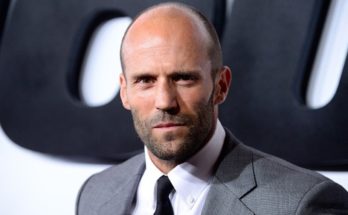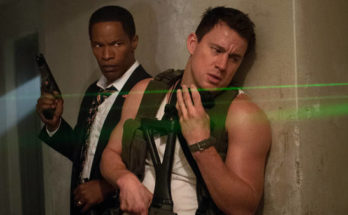From what I’ve read and heard, there have been two main fears surrounding the fourth installment of arguably the greatest action franchise of all time. First and foremost, the incessant bleating on about Willis age. At 52, many feel Willis is too old to carry on as John McClane, the world weary cop who killed his first terrorist on screen twenty years ago.
So, first things first, Bruce Willis is still running the show. He looks a little worn and his acceptance of his own hair loss is partially to blame, but he still looks fit and strong. Say what you want about modern, fresh-faced male leads with gym-toned bodies, Willis’ rough and ready everyman is still a far more likeable alternative the fresh-fruit-and-sun-tan brigade.
With the first and arguably biggest hurdle cleared, however, the film comes dangerously close to falling at the second.
Those not worried by Willis’ age were all concerned about the rating of the film. Whereas previous installments of the franchise have been rated R, the American equivalent of an 18 certificate, “Die Hard 4.0” (or “Live Free or Die Hard” as it was over there) received a lightweight PG-13 rating.
This, as it turns out, was a huge mistake.
The film is riddled with bloodless shootings and clean language, unusual for the typically coarse McClane character. In the first film, the cameras skillfully cut away from Alan Rickman’s villain when he shot anybody as the actor would flinch uncontrollably at the sound of gunfire. Conversely, in “Die Hard 4.0”, the cameras pan skittishly away from the impact of bullets as though afraid to show the act of murder as unpleasant.
Indeed, the only character who really suffers at all in the film is McClane himself, who’s legendary hard-headedness has been exploited by the writers until the whole spectacle begins to feel less like an action film and more like an episode of “Jackass.” Whether diving from a moving car or falling off a building, McClane’s over-the-top masochism had me half expecting Steve-O and Johnny Knoxville to show up and dare him to stick his balls in a mousetrap.
All this focus on Willis and his incredible feats of self-mutilation also leaves other characters under-represented. Justin Long’s computer hacker is a stab at showing the average mortal in McClane’s world, but his constant whining slowly starts to grate and his one liners are flat. Willis doesn’t need a wisecracking sidekick because he already has enough comedic talent to carry his own laughs. Relegating him to straight man for a demographic-pandering twentysomething takes a lot of the spark out of the character.
The bad guys, too, are a bad mix of weak and unfeasible. Maggie Q’s lethal martial artist provides a decent setpiece, but her character has no backstory or purpose other than a few flashy spin kicks before Willis inevitably takes her out in suitably stunt-filled manner.
Timothy Olyphant, also, is completely incapble of intimidating his way out of a wet paper bag, let alone proving a credible threat to Willis’ action supercop. It is also left to a suitably boggling imagination to explain how he came to be in charge of a crack platoon of mercenaries, many of whom seem to be on loan from Jackie Chan’s stunt team. Mary Elizabeth Winstead does at least deserve credit for her portrayal of Lucy McClane, a character last seen as a child in the first film. She brings a credible amount of Willis-style balls to what could have been typical screaming girl fare.
Ultimately, Willis is both the film’s biggest asset and it’s chief flaw. Originally written as a standalone film on the dangers of cyber-terrorism, the script was adapted into becoming a Die Hard film. As such, the always likeable main character nonetheless feels shoe-horned into an awkward plot that doesn’t really fit with the tone of the previous films.



